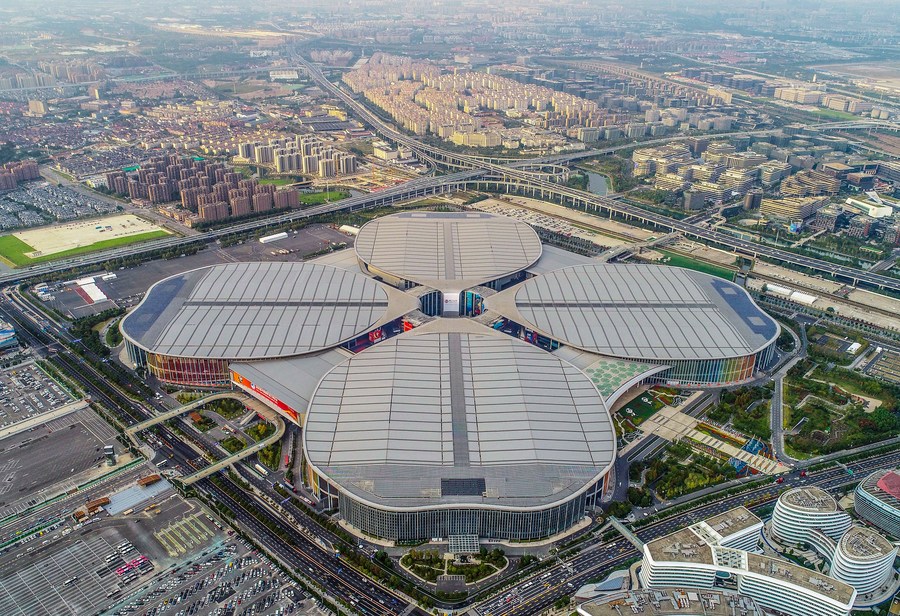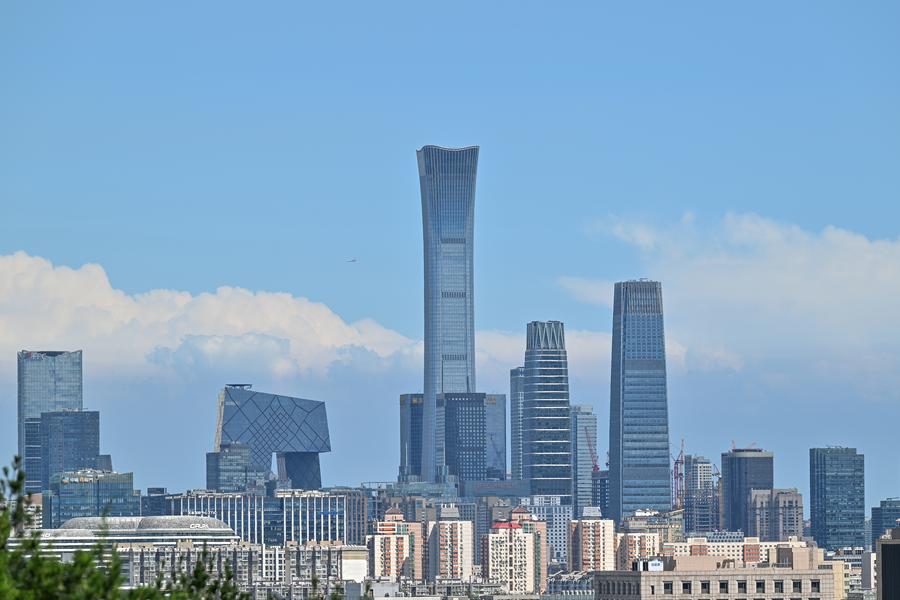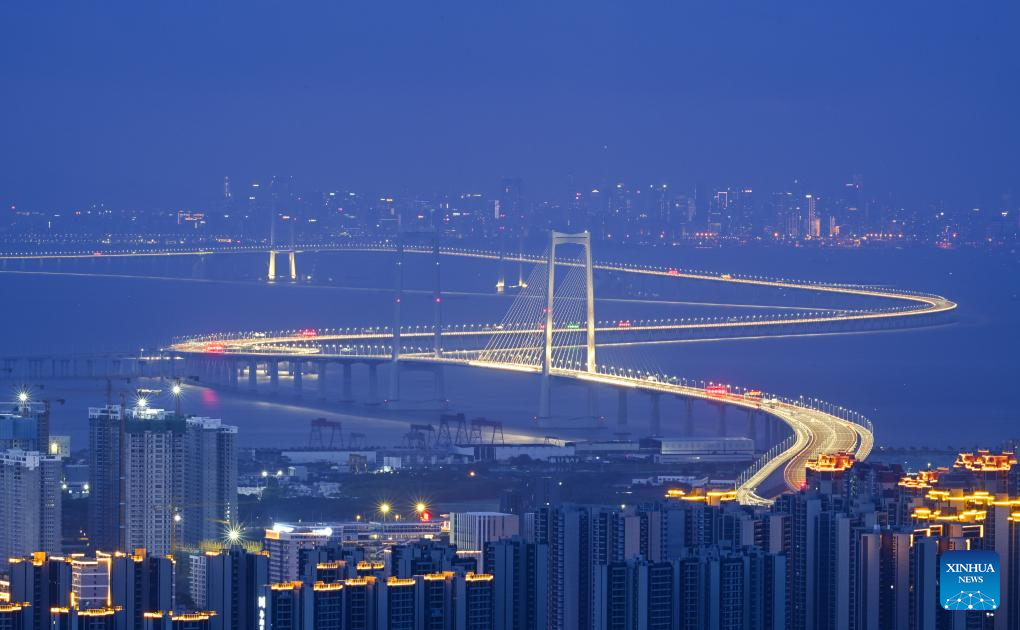
The gross domestic product of 27 Chinese cities surpassed 1 trillion yuan ($137.87 billion) in 2024, according to People's Daily overseas edition on Monday.
Shanghai, China's financial hub, and Beijing, the capital city, claimed the first and second positions in the rankings, with respective GDPs of 5.39 trillion yuan and 4.98 trillion yuan in 2024.
READ MORE: PBOC: China's economy poised for steady growth in 2025
Shenzhen, Chongqing and Guangzhou each exceeded 3 trillion yuan in GDP, while Suzhou, Chengdu, Hangzhou and Wuhan surpassed 2 trillion yuan last year.

In terms of growth rate, six cities saw GDP growth rates above 6 percent, with Quanzhou leading at 6.5 percent.
These cities generally possess a well-established industrial system and large-scale industries, said Pan Helin, a member of the expert committee for information and communication economy under the Ministry of Industry and Information Technology.
READ MORE: ‘US tariff hike on steel imports violates multilateral trade rules’
The industries in these cities cover high-end manufacturing, modern service industry and scientific and technological innovation, forming a diversified economic structure, according to Pan.

These cities focus on innovation-driven economies, boasting strong scientific research capabilities and innovation potential, which enables continuous industrial upgrading and transformation.
In addition, their advantageous geographical locations and transportation networks facilitate resource aggregation and circulation, promoting rapid economic growth, Pan noted.
READ MORE: Surge in cross-border travel for Chinese New Year holiday
In the future, these cities should continue to foster a more convenient, efficient and transparent business environment, focus on improving people's livelihoods and social services, and strengthen the development of public service systems, Pan added.


